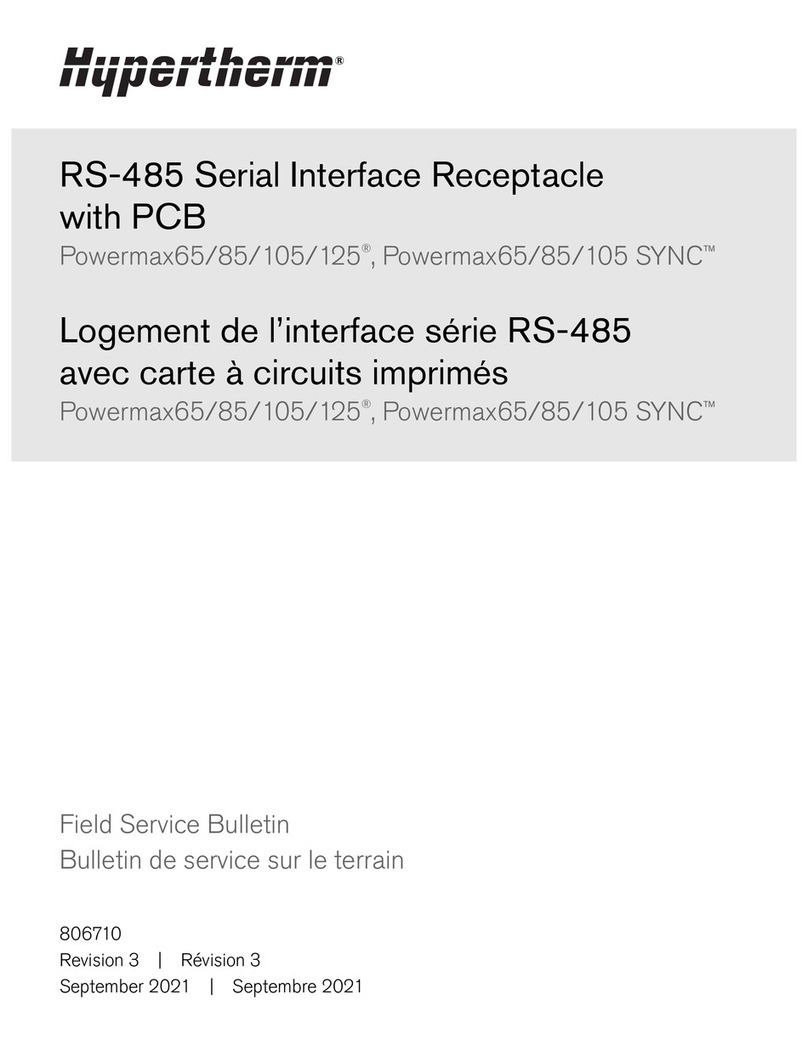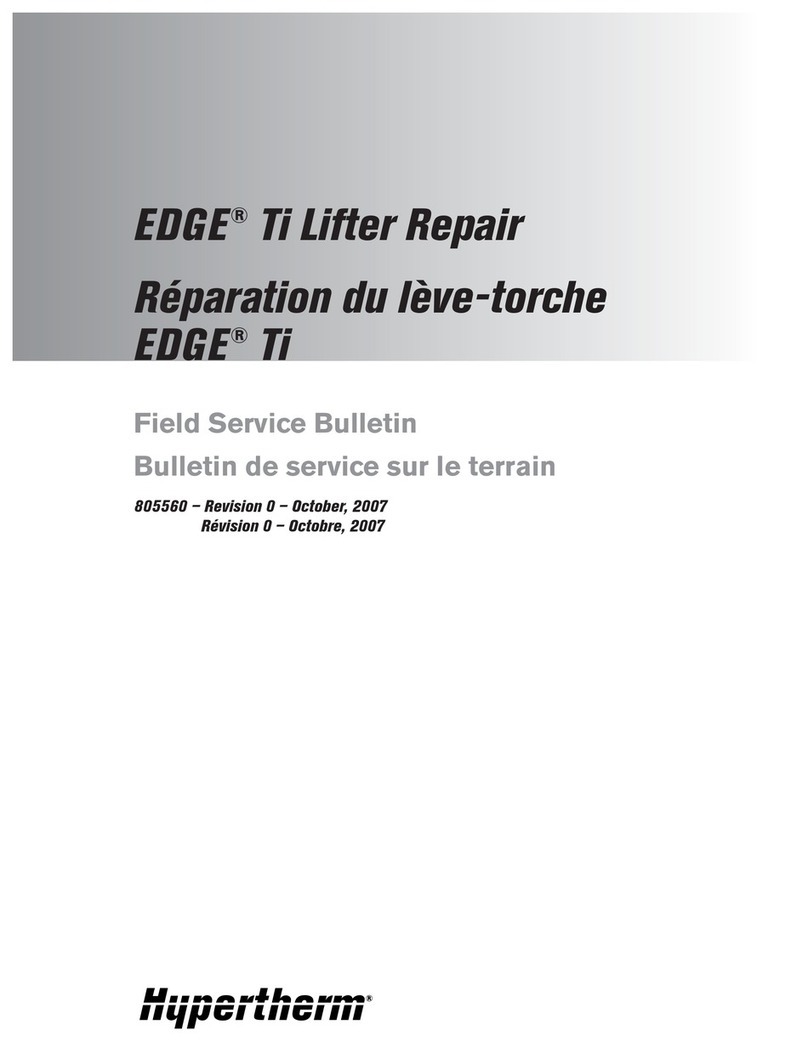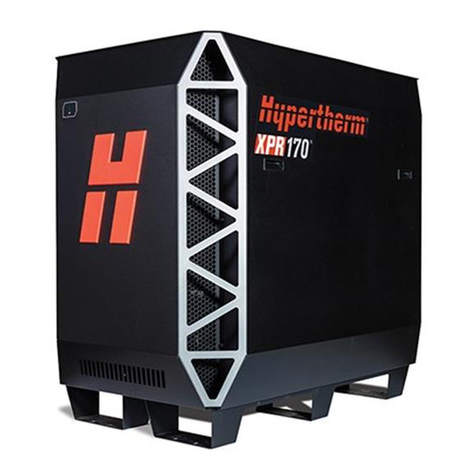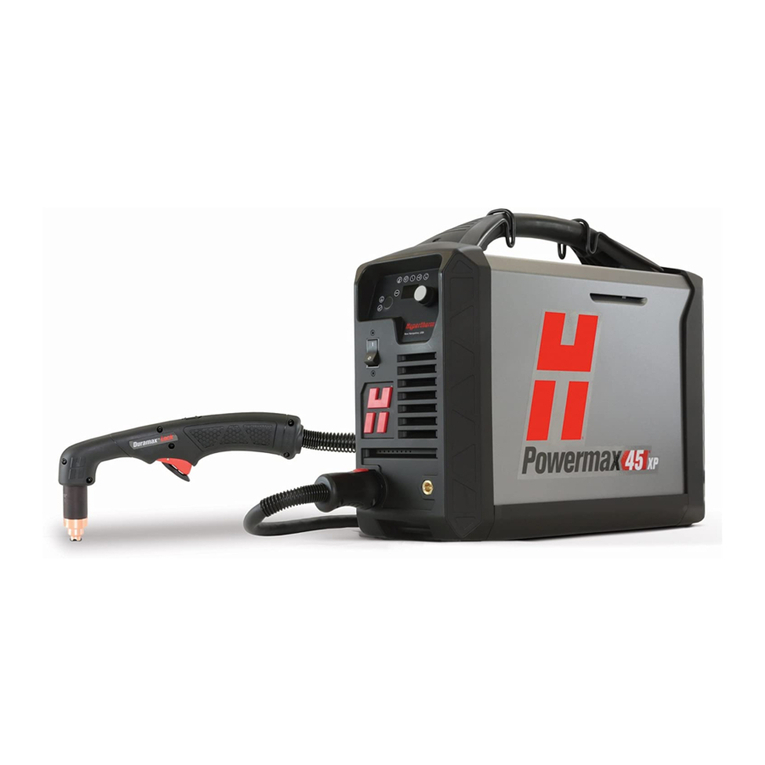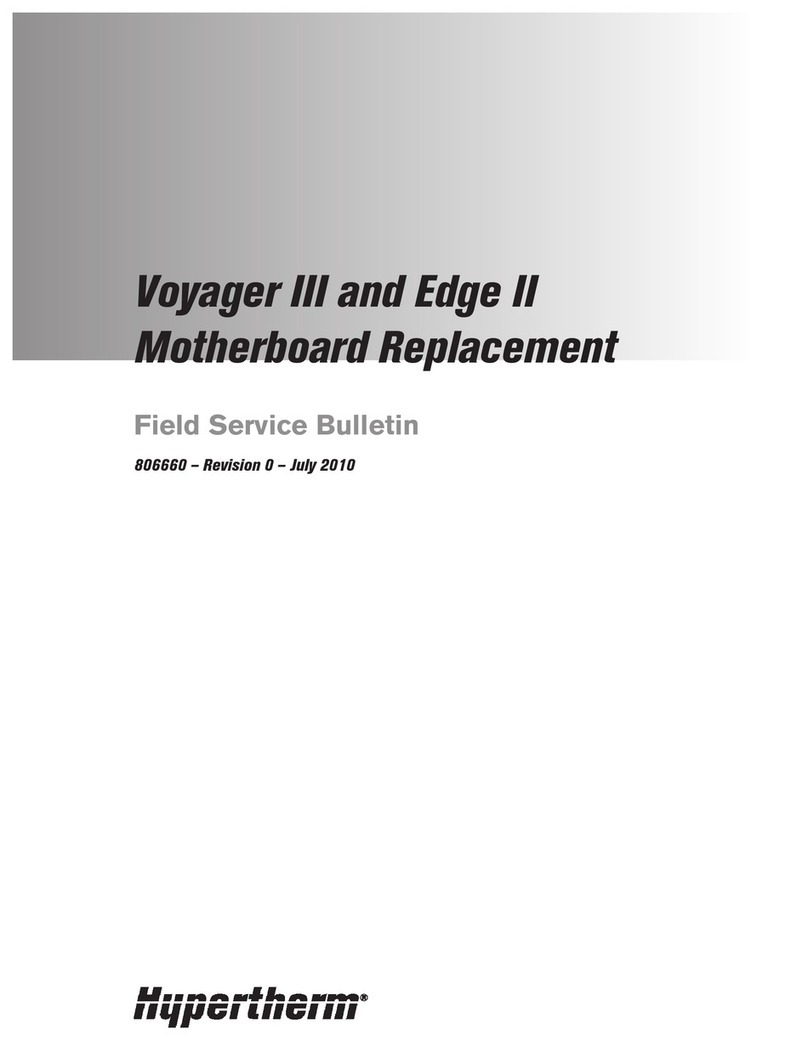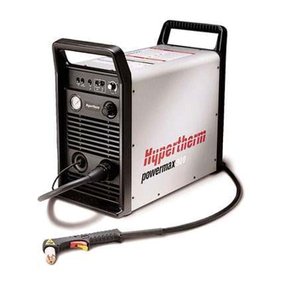
Table of Contents
SAFETY ................................................................................................................................................ 1
Read This Manual ............................................................................................................................. 1
Dangerous Machinery ....................................................................................................................... 1
High Voltages..................................................................................................................................... 1
SECTION 1: OVERVIEW .................................................................................................................. 3
Introduction ....................................................................................................................................... 3
Description and Features.................................................................................................................. 4
Hardware Specifications................................................................................................................ 5
Control Unit Front ............................................................................................................................ 6
Control Unit Bottom.......................................................................................................................... 7
Sensor and Mounting Isolator .......................................................................................................... 8
SECTION 2: OPERATION ................................................................................................................ 9
Operation Modes................................................................................................................................ 9
Automatic Operation ..................................................................................................................... 9
Manual Operation.......................................................................................................................... 9
Errors.............................................................................................................................................. 9
Error Conditions.............................................................................................................................. 10
SECTION 3: INSTALLATION AND SET UP .............................................................................. 11
Installation....................................................................................................................................... 11
Sensor Mounting .......................................................................................................................... 11
Sensor Position to Torch.............................................................................................................. 11
Connectors.................................................................................................................................... 12
Power Connections....................................................................................................................... 12
Limit Switch................................................................................................................................. 13
Digital I/O..................................................................................................................................... 13
Optional External Height Set Pot............................................................................................... 13
Optional External Second Height Set Pot.................................................................................. 13
Standard Wiring Installation...................................................................................................... 15
IO Interfacing .................................................................................................................................. 16
IO Interfacing Examples ............................................................................................................. 16
DIP Switch Setup ............................................................................................................................ 17
Calibration Procedure ..................................................................................................................... 18
Component List ............................................................................................................................... 19
Optional Sensor Cables ............................................................................................................... 19

